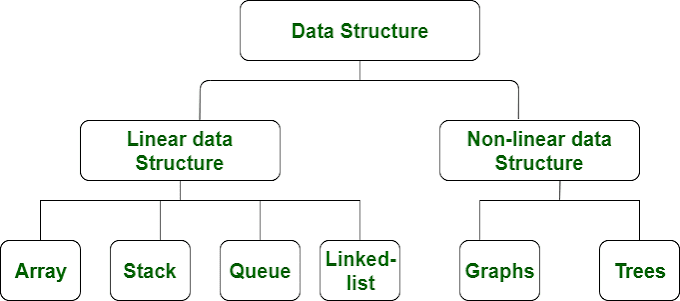Java’s Swing classes create graphical objects on a computer screen. The objects can include buttons, icons, text fields, check boxes, and other good things that make windows so useful.
The name “Swing” isn’t an acronym. When the people at Sun Microsystems were first creating the code for these classes, one of the developers named it “Swing” because swing music was enjoying a nostalgic revival. And yes, in addition to String and Swing, the standard Java API has a Spring class. But that’s another story.
Actually, Java’s API has several sets of windowing components. An older set is called AWT — the Abstract Windowing Toolkit. But to use some of the Swing classes, you have to call on some of the old AWT classes.
Showing an image on the screen
Creating a Window with an Image in It
import javax.swing.JFrame;
import javax.swing.ImageIcon;
import javax.swing.JLabel;
import java.awt.Container;
class ShowPicture {
public static void main(String args[]) {
JFrame frame = new JFrame();
ImageIcon icon = new ImageIcon(“j2fd.jpg”);
JLabel label = new JLabel(icon);
Container contentPane = frame.getContentPane();
contentPane.add(label);
frame.setDefaultCloseOperation(JFrame.EXIT_ON_CLOSE);
frame.pack();
frame.setVisible(true);
}
}
You never need to memorize the names or features of Java’s API classes. Instead, you keep Java’s API documentation handy. When you need to know about a class, you look it up in the documentation. If you need a certain class often enough, you’ll remember its features. For classes that you don’t use often, you always have the docs.










